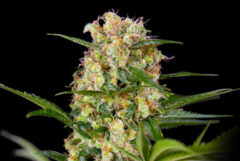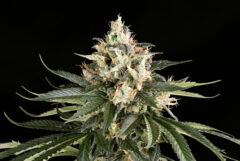Does this sound familiar – you light up a joint, take a hit, and within minutes feel completely overwhelmed by its potent effects? You’re not imagining it – modern weed is super strong. At first, that might sound like a good thing, but it’s not so simple. Join us as we explore the pros and cons of today’s supercharged bud.
One of the last times I smoked cannabis was several years ago – I was visiting Amsterdam, scored some Kush from a quaint little coffeeshop in the Jordaan district, and rolled myself a spliff at the bar. I took a few puffs and sat back in a chair, waiting for a warm, comforting stone to wash over my body. But hell was I in for a surprise.
Minutes later, I started feeling claustrophobic and headed to the footpath to catch some fresh air. My mind was racing, and I felt like every word that was coming out of my mouth was complete gibberish. As I sat on the pavement and watched the evening settle over the city, I wished I would have just headed to a bar for some beers instead.
If you’re like me – a millennial who grew up smoking in the late 2000s – or even older, you might have had similar experiences trying modern weed: Rather than take a hit from a joint and enjoy that light-hearted, happy euphoria you remember from your childhood or adolescence, you get blasted with a heavy stone that leaves you either unable to move or completely paranoid.
Well, there’s a simple explanation as for why – today’s cannabis is much stronger than what you may have been smoking 20 or even 10 years ago.
The most cited study comparing the potency of cannabis comes from a 2017 edition of Biological Psychiatry. It compared the potency of police-seized weed samples from 1995 to 2014 and found that the amount of THC in the samples tripled from 4% to 12%. Meanwhile, the amount of CBD in the samples dropped by 45%.
And over the last 10 years, that trend of rising potency has far from slowed. Visit a modern dispensary or browse its website and you’ll struggle to find flower with less than 20% THC, while some concentrates can pack over 90%.
But how did we get here, and what does the trend of rising potency mean for cannabis consumers? I believe that what’s driving up the potency of cannabis is:
- User preference. Research from legal markets like some US states shows that heavy cannabis users are the industry’s main target customer, since they consume most of the legal weed on the market.
- A general lack of understanding of cannabis and what causes its effects. While this seems to be slowly changing, until now the focus in the cannabis industry has been “THC-centric.”
How heavy cannabis users are driving industry trends
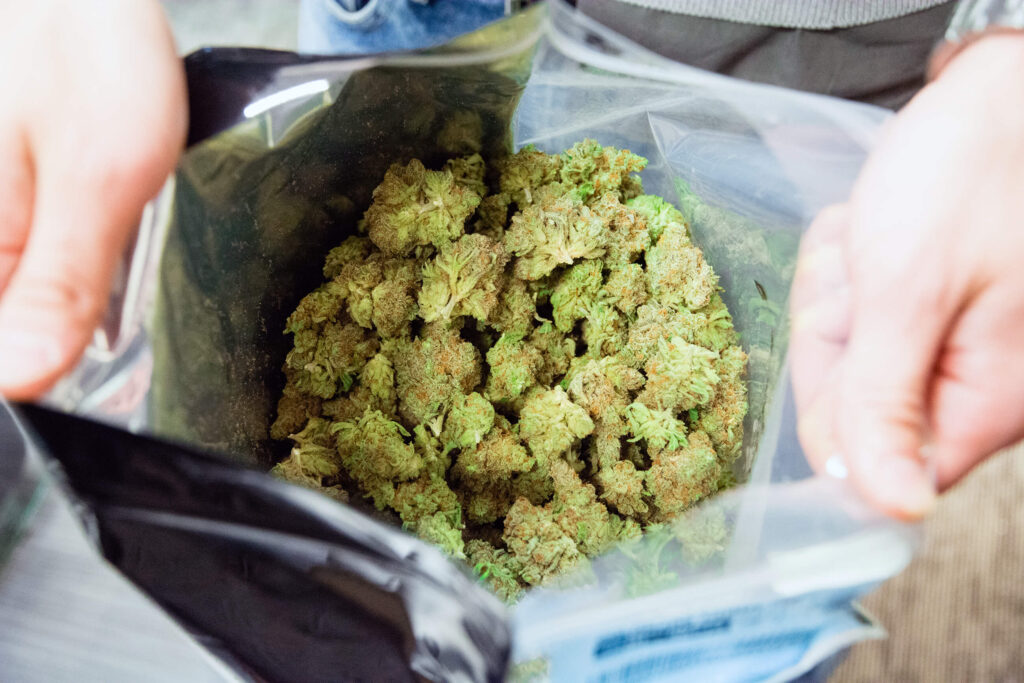
In the US, statistics show that heavy cannabis users are the main target market for the cannabis industry.
Research from the University of Washington shows, for example, that 42% of cannabis users report consuming weed every day. In places like Colorado, those numbers are even higher. According to 2022 data compiled by the state Department of Public Health & Environment, 49% of Colorado’s adult weed users admit to daily or near-daily cannabis use.
And according to some experts, it’s these kinds of heavy users that consume up to two thirds of the legal cannabis on sale.
Whether THC is addictive or habit-forming is a lengthy and heavily-debated topic that we’ve already addressed in a dedicated article on cannabis addiction and dependence. One thing that is certain, however, is this: Research shows that regular cannabis users rapidly develop a tolerance to THC. So, if you’re smoking cannabis every day, it’s only natural that you’ll continuously be hunting down a more potent smoke.
And since its daily users who seem to be buying most of the legal weed on the market, it also comes as little surprise that cannabis companies are jacking up the potency of their products to meet the demands of their customers.
The strongest strains from Sensi Seeds
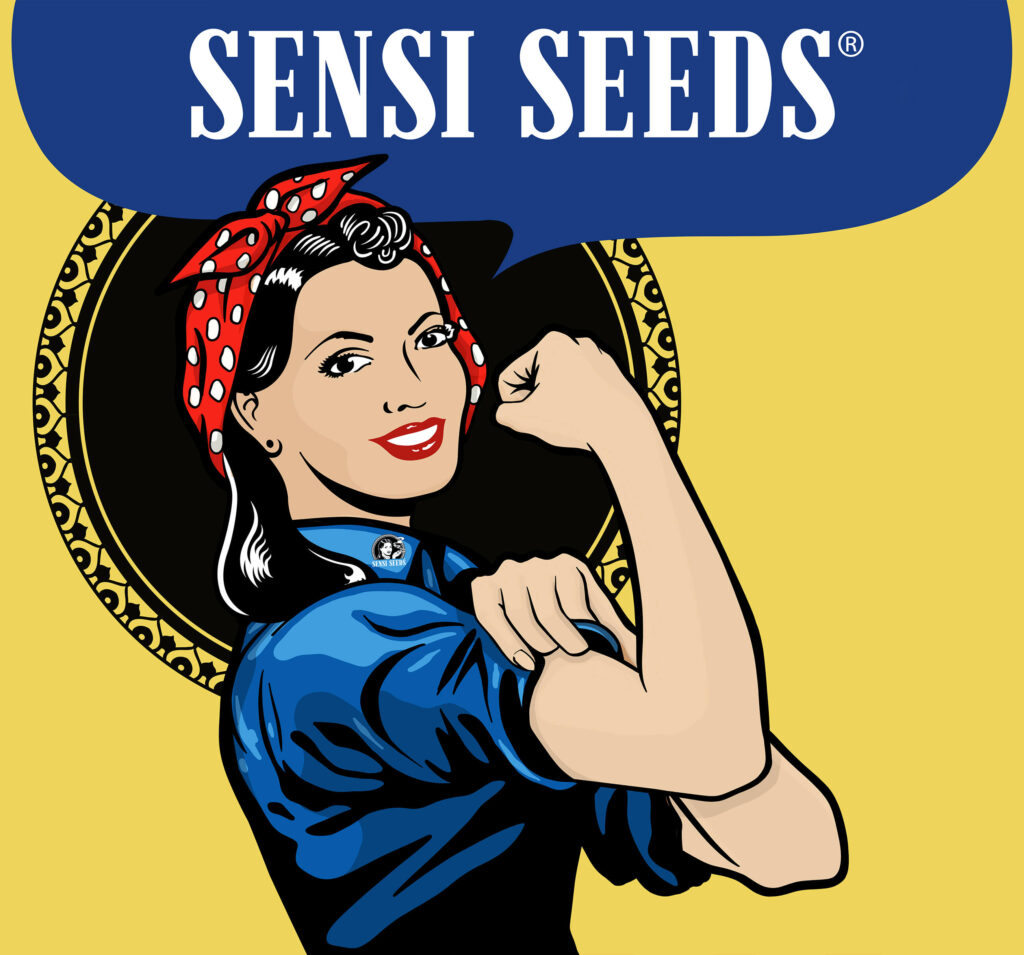
Are you one of those smokers chasing maximum potency? Make sure to check out these powerhouses from the Sensi Seeds catalogue:
1. Blackberry Cake
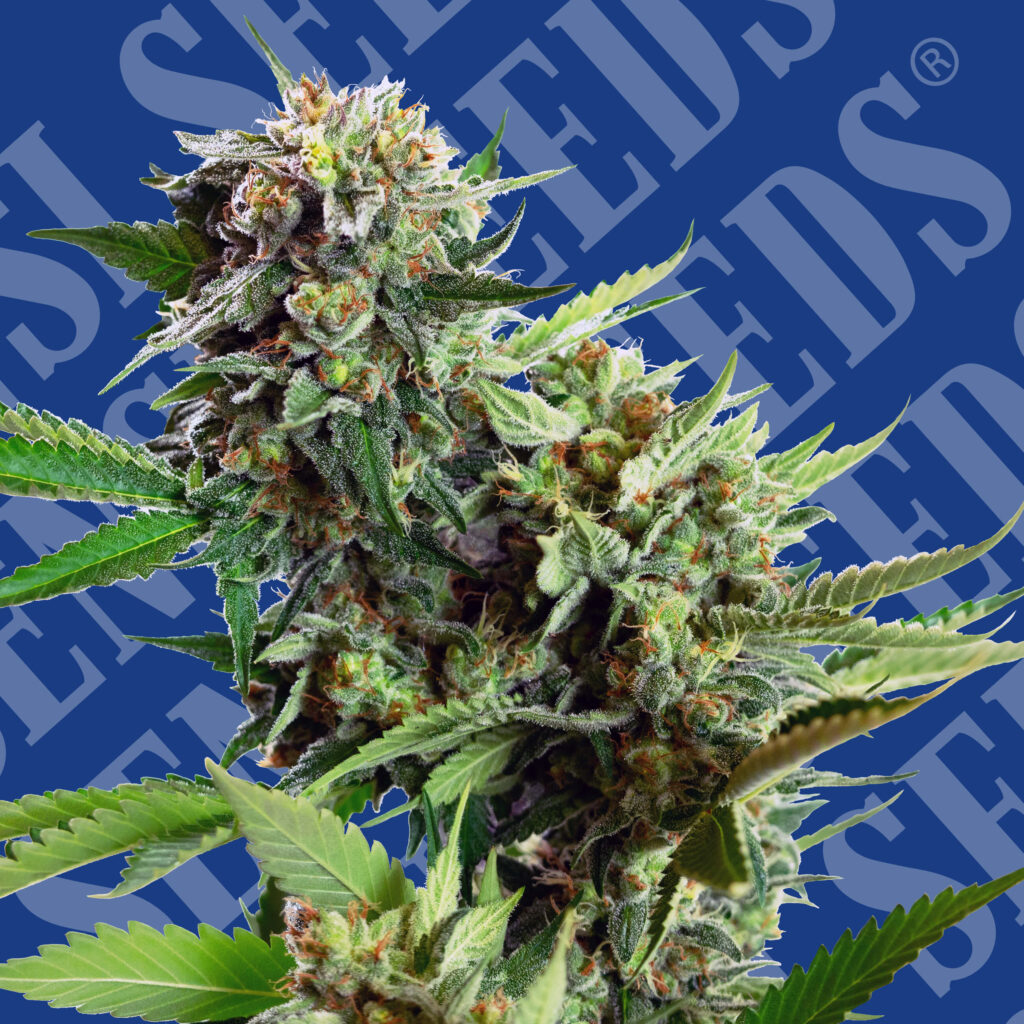
A 3-way cross of Wedding Cake, Durban, and Black Domina, Blackberry Cake is 70% indica-dominant and delivered over 29% THC in our Grow Report. Despite her potency, Blackberry Cake offers a balanced effect that’s uplifting at first, then warms and soothes the entire body.
2. Mandarin Punch
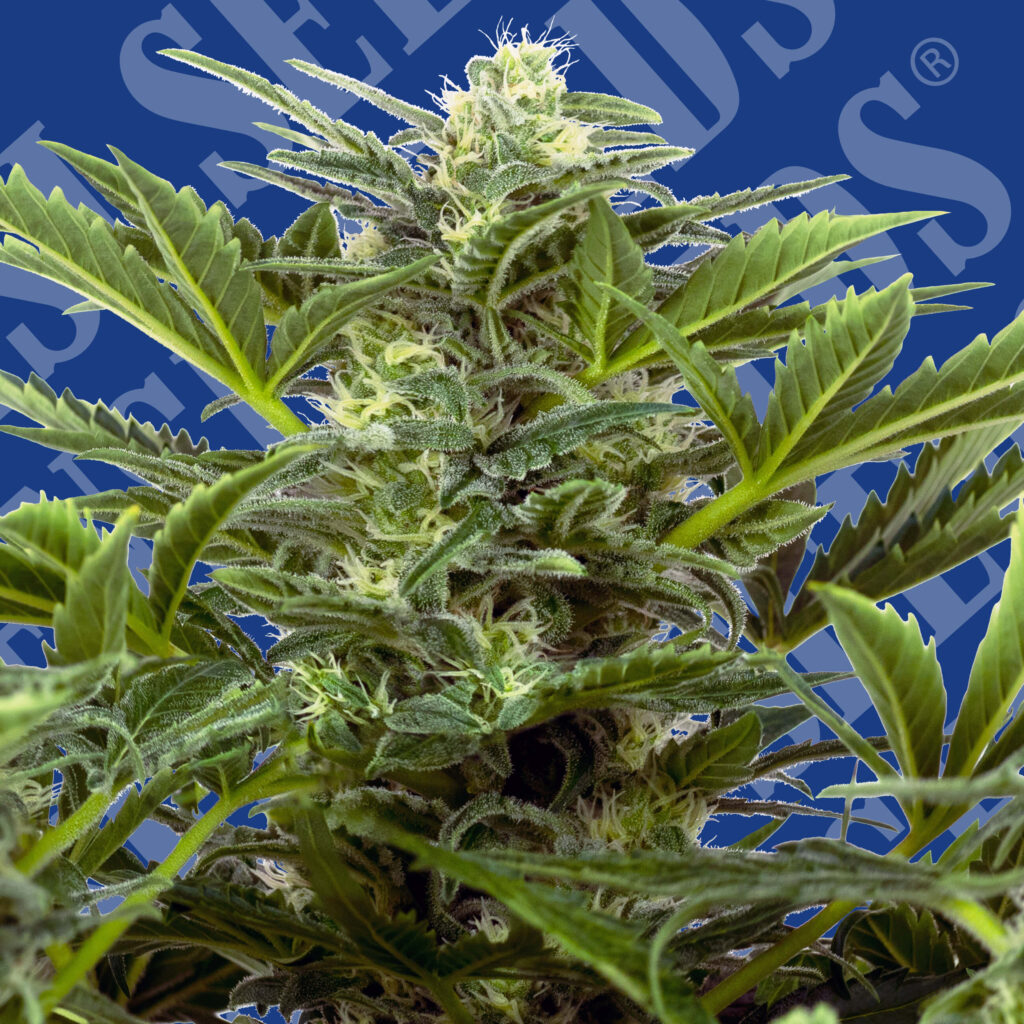
Combining Maple Leaf Indica, White Widow, NYC Diesel, and California Indica genes, Mandarin Punch is a melting pot of true top-shelf strains. In our Grow Report, she delivered over 27% THC. Light her up and enjoy a mix of sweet, earthy, zesty, and creamy terps, followed by a bolt of euphoria and a long-lasting couchlock.
3. Papaya Jealousy
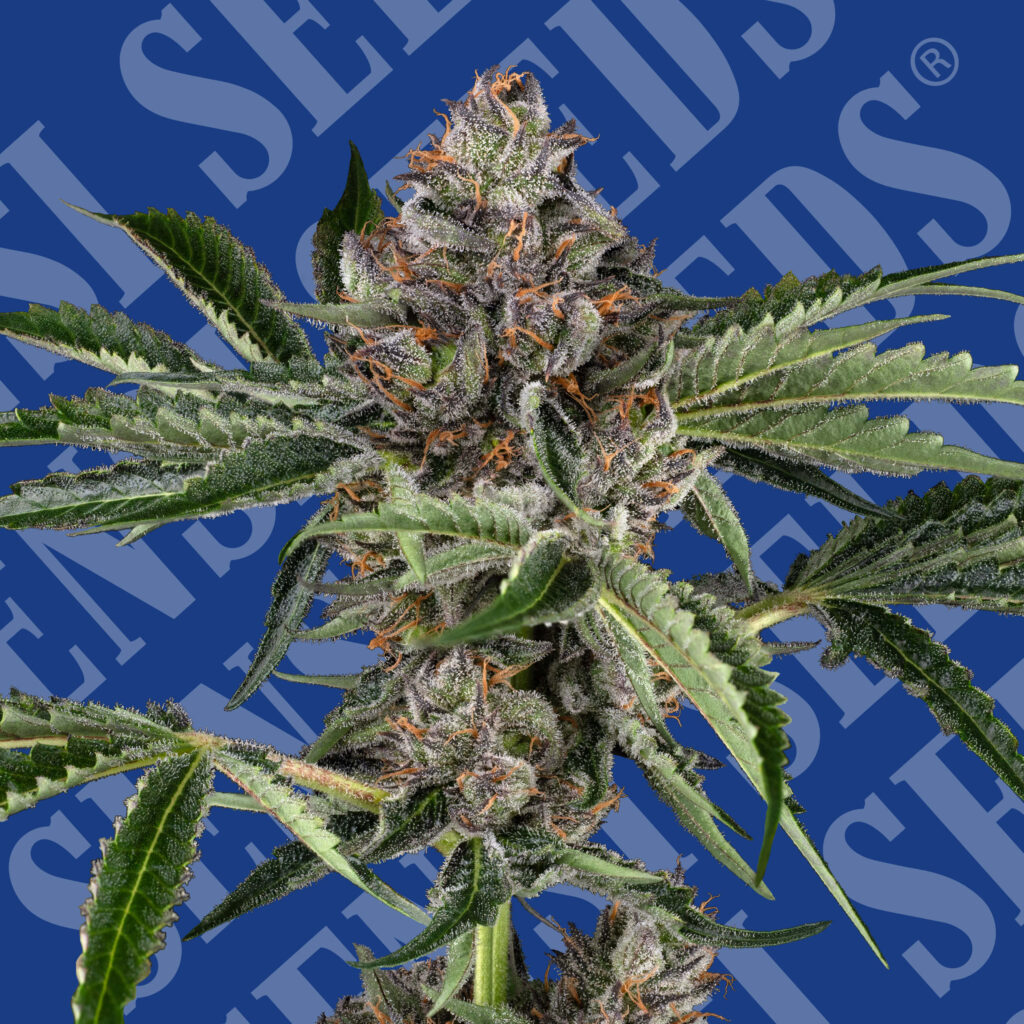
A cross of, you guessed it, Papaya and Jealousy, this 60% indica queen brings together the best of Dutch and US genetics. Papaya Jealousy provides a lingering aroma of ripe papaya and mango, layered atop a musky sweetness. Her frosty, green-purple buds scream top-shelf and deliver mental clarity followed by growing physical relief.
4. Cereal Killa
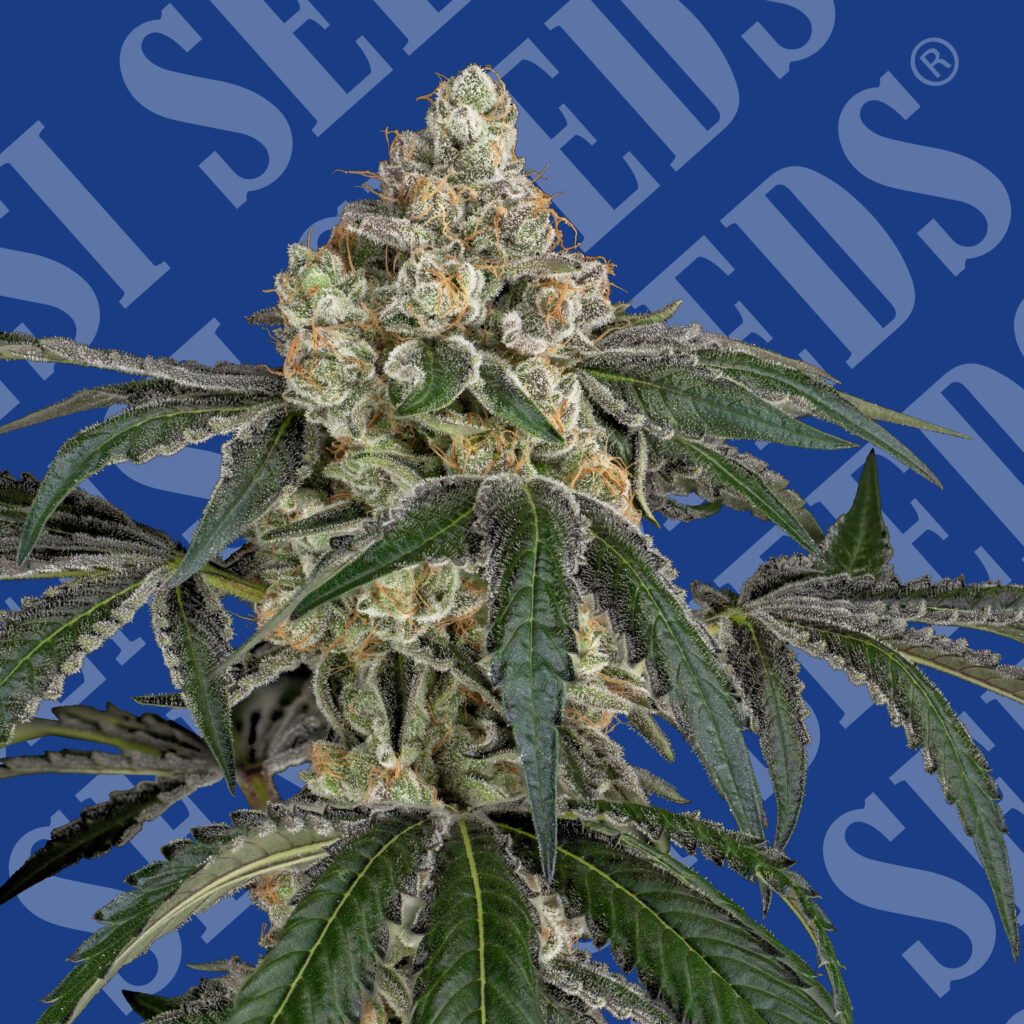
Born out of a collab between Sensi Seeds and Death Row Records, Cereal Killa is a 60% indica hybrid stemming from RS54 x Coffin Candy and Cereal Milk x Maple Leaf Indica. Expect chunky, frosty buds with bulging calyxes, sugary-sweet fruit and earth terps, and a deeply soothing stone that’ll leave your mind in a state of bliss and your body buzzing with warmth.
5. Tropicana Cherry Gelato
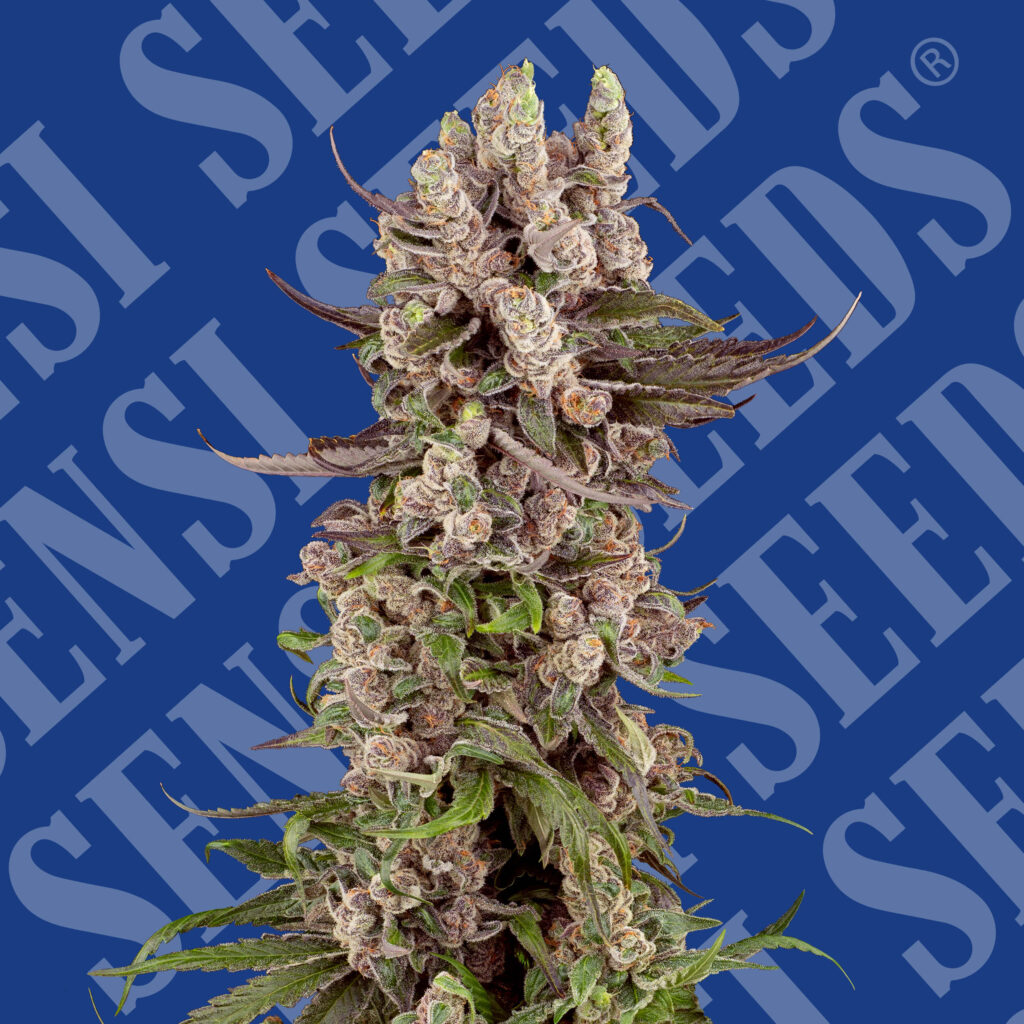
As its name implies, Tropicana Cherry Gelato is sweet, fruity, and creamy, and it’s also very potent. Covering every inch of her towering, foxtailed buds is a thick, sticky resin laced with sour cherry, earth, skunk, and pungent garlic terps – all doused in diesel. With every toke, savour a high-energy, creative burst that gradually mellows down without causing sedation.
These strains can all produce up to 30% THC, making them an excellent choice for experienced smokers chasing top-tier potency. Note, however, that a strain’s potency may vary depending on how it’s grown – so be sure to give your plants only the best care if you want them to be extra strong!
Why is weed stronger now than before?
It’s undeniable that, over the last 50 years, cannabis has changed immensely. Just take a look at this iconic picture of High Times’ Top 10 Strains of 1977.
Now, fast forward to today and compare those strains to High Time’s Top 10 Strains of 2023.
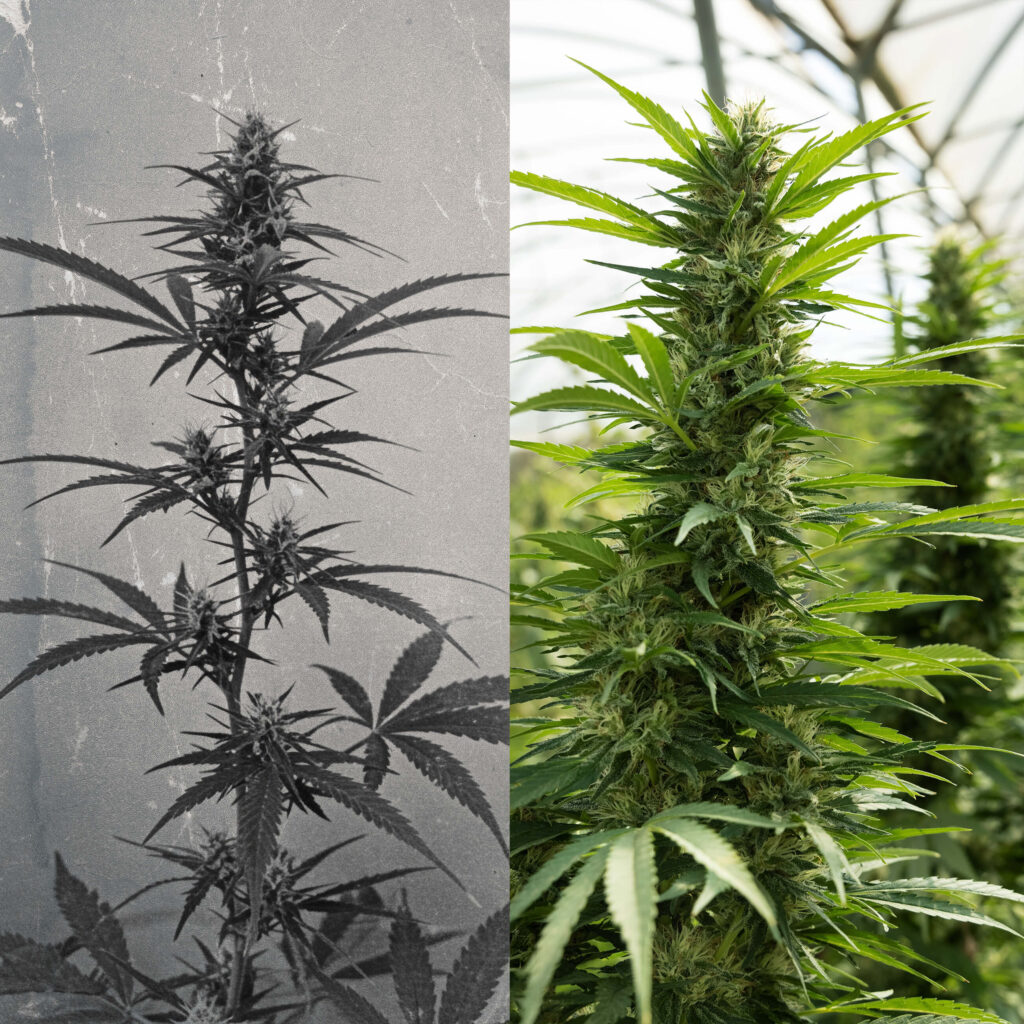
It goes without saying that the weed of the 1970s wouldn’t make it within 100 metres of a modern-day dispensary. And not just because of their shaggy appearance; the potency of these strains wouldn’t even cut it for a dispensaries bottom shelf, either.
So, what happened? How did we go from smoking the shaggy, wispy weed of the 1970s to the rock-hard buds of today?
Well, the answer to this question seems to have several layers.
First and foremost, cannabis genetics have changed immensely. Today, growers are spoiled for choice when it comes to picking a strain for their garden or grow room. Respected modern-day breeders employ complex genetics programs to produce seeds that, without fail, give rise to plants with extremely resinous, THC-packed buds.
Moreover, the way we grow cannabis today has also changed. In the 1970s, most cannabis was being grown by criminal organizations who weren’t fussed about the quality of their product. And the few people growing weed themselves did so outdoors, with very little professional equipment and with no real access to information.
Back then, indoor cultivation equipment was nowhere near as cheap and efficient as it is today; sinsemilla growing was only just being discovered, and there was no internet rife with quality grow tips (like those you can find on our blog, wink wink). Today, anyone with an internet connection and a little bit of cash can potentially cultivate weed that looks better and is more potent than High Times’ Top 10 Strains of 1977.
Sure, part of what’s driving these changes is people’s desire to simply grow and enjoy “better weed.” And we don’t blame them. However, we do believe that the cannabis community, in general, has long been mistaking potency as a measure of cannabis quality.
It seems that Mechoulam’s iconic discovery of THC and the endocannabinoid system in 1964 didn’t just further our understanding of cannabis’ chemistry and how the plant delivers its unique effects.
Somehow, it also geared the industry towards tuning genetics and cultivation standards to produce weed with, above all else, huge THC concentrations. As we saw earlier, while THC levels in modern weed increase, the number of other cannabinoids like CBD only decreases – a sign of our misunderstanding of cannabis’ complex chemical makeup.
The fact that heavy cannabis consumers are driving the market and readily looking for more potent products, of course, doesn’t help. With a demand for high-potency flower or extracts that contain almost only THC, it’s only natural for the industry to meet that demand by creating plants that produce more resin and more THC than ever before.
Is cannabis potency synonymous with quality?
For the average consumer (that is, daily or near-daily cannabis users), the answer probably is a resounding “yes.”
If you’re smoking cannabis every day, you’ll quickly develop a tolerance for THC and its effects, meaning flower with 30% THC may soon going to become the norm for you. Once that doesn’t hit the spot anymore, edibles and concentrates will likely become your preferred way of enjoying cannabis.
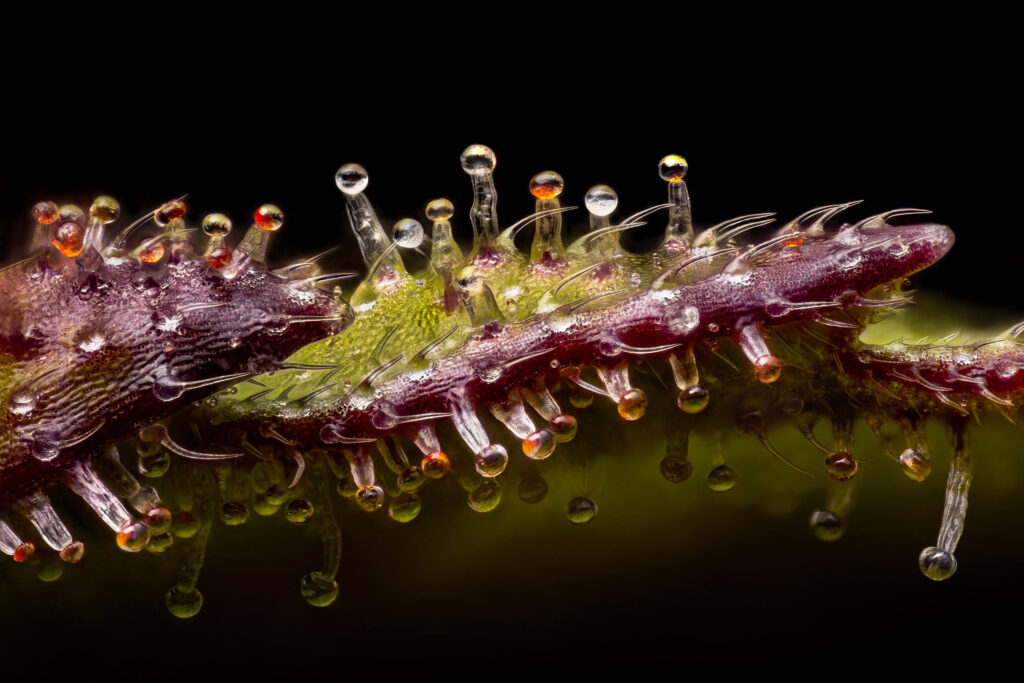
For casual weed smokers, however, potency is far from a synonym for “good quality weed.” In fact, countless casual smokers are taking to Reddit and other social platforms to express their hate for today’s supercharged weed.
Hopefully, remarks like these will invite the cannabis industry to reflect on whether it’s high time to create strains and products that offer an enjoyable experience for everyone – rather than just super potent products aimed at users with a heavy tolerance.
Has weed become too strong? Where to from here?
At least for the time being, weed doesn’t look like it’ll be getting any less potent. Nonetheless, our rabid fascination with THC seems to be subsiding, albeit slowly.
In the information age, word spreads quickly, and we’re seeing more cannabis media explore and question the industry’s obsession with potency. The fact that casual users can voice their opinions about the frustrations of trying to enjoy an enjoyable smoke definitely helps to change our perspective of the negative of highly potent weed.
Moreover, the rising potency of modern weed has also created very real health concerns. In the UK and Europe, California, and Canada, high potency cannabis has been linked to an increase in hospitalizations due to acute cannabis-induced psychosis, for example.
As is often the case with cannabis-related issues, we think it’s simply a matter of time before the industry switches gear and begins taking a more measured approach to the potency of its products.
Right now, terpenes seem to be huge, with users paying more attention to the terpenes in their weed – not only to help them find aromas and flavours they prefer, but also to guide them in terms of effects, since terpenes play a big part in how we experience cannabis.
Meanwhile, some seedbanks have already begun producing strains with less THC-centric chemical profiles. At Sensi Seeds, for example, we’re proud to stock a wide variety of strains with milder THC concentrations, as well as varieties rich in other cannabinoids like CBD.
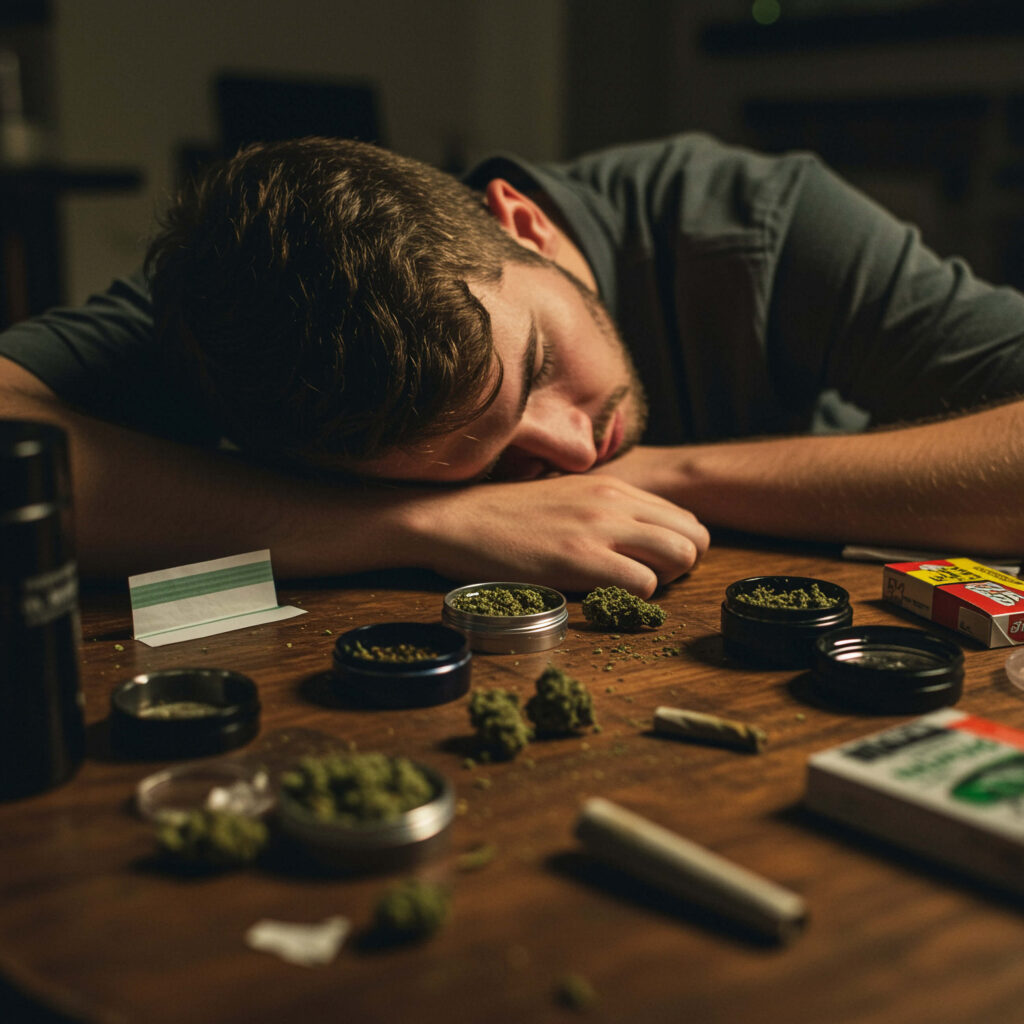
If you’re interested in growing some mellower weed at home, be sure to check out:
- Big Bud: A cup-winning 85% indica-dominant hybrid with fruity terps and 15% THC for a clear-headed high. Available as regular, feminized, and autoflowering seeds.
- White Widow: An undeniable classic bred from Indian and Brazilian landrace genetics. Our White Widow packs fresh, earthy, and floral terps, 15% THC, and a balanced effect that’s cerebral at first before relaxing the body. Available as regular, feminized, and autoflowering seeds.
- Super Skunk: The perfect strain for indoor cultivation, producing dense flowers after just 45-50 days in bloom. Our Super Skunk descends from the original Super Skunk bred in the 1990s and packs that classic Skunky stank and 16% for a mellow body buzz that’s perfect after a long day. Available as regular, feminized, and autoflowering seeds.
- Purple Haze: Immortalised by Jimi Hendrix’s 1967 hit song of the same name, our Purple Haze continues to be one of our best-selling strains. It’s easy to grow, and produces stunning purple buds loaded with earthy berry terps; 16% THC, and an energising high ideal for daytime use, creativity, or social settings. Available as feminized seeds only.
- Himalayan CBD: Bred from Hindu Kush and OG Kush, our Himalayan CBD (previously known as Sensi #49 CBD) packs a 1:2 THC:CBD ratio and offers a strong, physical effect ideal for relaxation.
What are your thoughts on the potency of today’s weed? Do you think it’s high time the cannabis industry loses its obsession with THC? Share your thoughts in the comments below!
- Disclaimer:Laws and regulations regarding cannabis cultivation differ from country to country. Sensi Seeds therefore strongly advises you to check your local laws and regulations. Do not act in conflict with the law.







